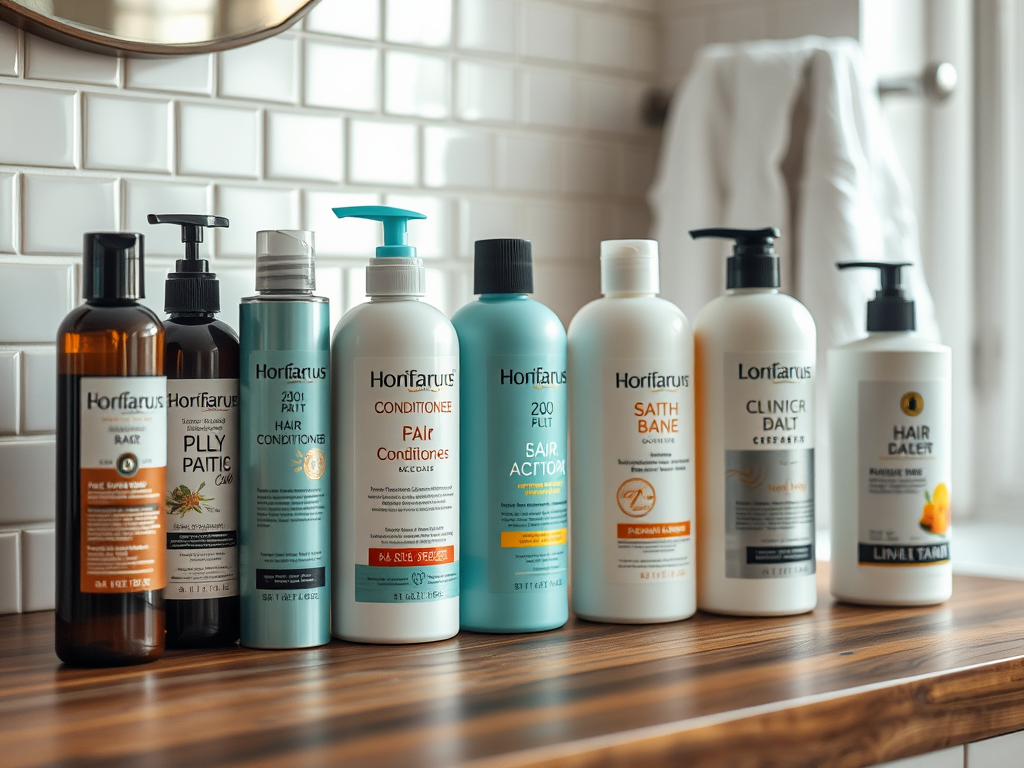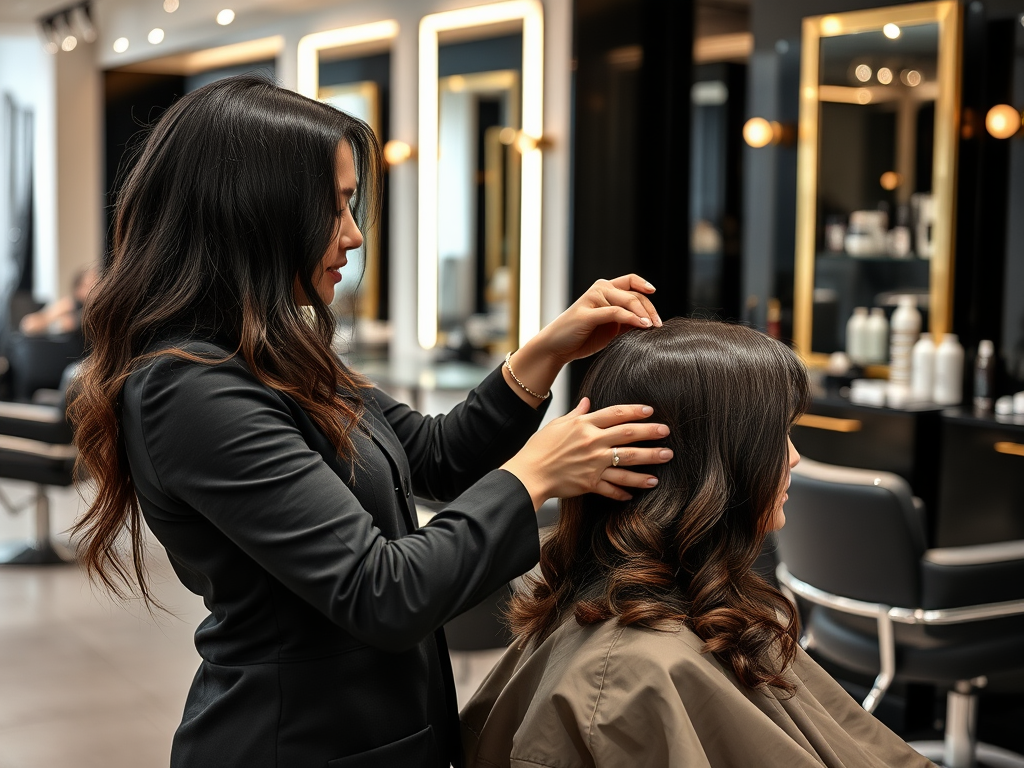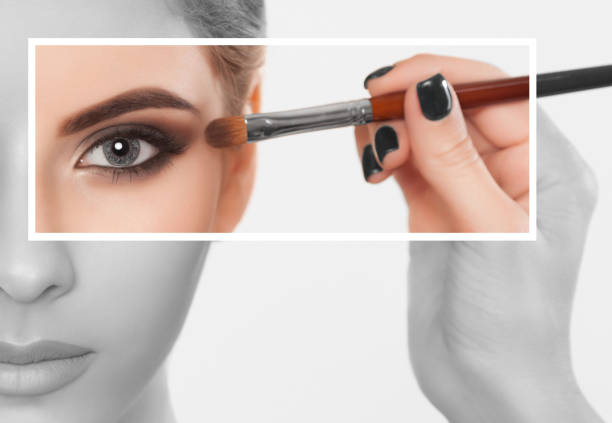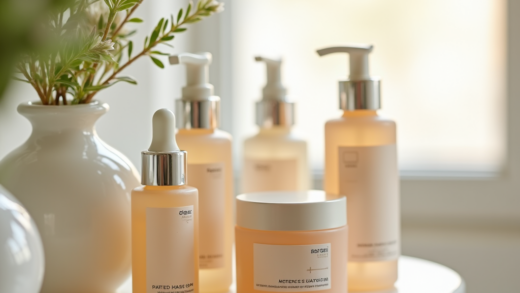When it comes to hair care, the question of how long to leave conditioner in is a common one. At first glance, it may seem straightforward, but the answer is influenced by various factors including hair type, conditioner type, and individual hair needs. Understanding the nuances of conditioner usage can transform your hair care routine and lead to healthier, more vibrant locks. The right conditioning technique can make all the difference between lifeless strands and hair that shines with vitality. This article will provide you with expert insights into optimizing your conditioner application time, ensuring you get the most out of your products.
Conditioners are formulated to pamper your strands, providing essential moisture and nutrients that can drastically improve hair health. This article will not only explore how long to leave conditioner in, but also clarify what each type of conditioner is designed to do. There’s more to conditioning than simply slapping on a product and rinsing it out; timing, product selection, and personal hair characteristics play a pivotal role. By the end of this article, you’ll not only know the ideal timing for different conditioners but also feel empowered to personalize your hair care regimen.
Understanding the Purpose of Conditioner

Conditioner serves several key functions in maintaining the health and appearance of your hair. Firstly, it helps to restore moisture lost during washing, especially when using sulfate-containing shampoos. Secondly, conditioners provide detangling properties, making it easier to manage your hair without breakage. They also help to repair damage caused by heat styling, environmental factors, and chemical processes. Additionally, conditioners create a protective layer around the hair cuticle, reducing frizz and enhancing shine.
In essence, using conditioner is akin to using a moisturizer for your hair. It provides nourishment that allows your hair to remain soft and healthy. Without proper conditioning, hair can feel dry, brittle, and more prone to damage. Moreover, understanding how long to leave conditioner in your hair is essential for maximizing these benefits.
Different Types of Conditioners

Not all conditioners offer the same benefits or require the same application time. Their effectiveness is largely dependent on the formulation and purpose of the product. Here’s a breakdown of the different types of conditioners:
- Rinse-Out Conditioners: Typically used after shampooing to moisturize and detangle hair.
- Leave-In Conditioners: Meant to be applied post-wash and left in for continuous conditioning.
- Deep Conditioners: Formulated for intensive treatment, often requiring longer application times.
- Hair Masks: Rich in nutrients and generally used less frequently, providing an extra layer of moisture.
Rinse-Out Conditioners
Rinse-out conditioners are the most commonly used type. They’re designed to be applied after washing your hair and typically require 2-5 minutes of application time. During this short span, the ingredients can effectively penetrate the hair shaft, delivering moisture. Leaving it on for too long can cause buildup, leading your hair to feel weighed down instead of refreshed. The key is to find the right balance, allowing your hair to reap the benefits without the drawbacks.
Leave-In Conditioners
Leave-in conditioners provide ongoing nourishment throughout the day, without the need for rinsing. They typically have lighter formulations and can remain in the hair for hours. It’s recommended to apply them on damp hair after your regular shower routine, and you can style your hair as usual afterward. With leave-in conditioners, the main goal is to maintain moisture and manageability for extended periods. However, avoid overuse, as it can still lead to product buildup if not washed out occasionally.
Deep Conditioners and Hair Masks
Deep conditioners and hair masks are meant for occasional, intensive treatments. They are richer and often contain heavier oils and proteins designed to penetrate deeply into the hair structure. For optimal results, it’s advisable to leave these treatments in for at least 20-30 minutes, though some products are designed for overnight use. Always follow the manufacturer’s guidelines, as prolonged use can sometimes be counterproductive. Here’s a simple table highlighting the recommended leave-in times for each type:
| Type of Conditioner | Recommended Leave-In Time |
|---|---|
| Rinse-Out Conditioner | 2 – 5 minutes |
| Leave-In Conditioner | As long as desired (typically during the day) |
| Deep Conditioner | 20 – 30 minutes |
| Hair Mask | 15 – 60 minutes (depending on product) |
Factors Influencing Conditioner Duration
Understanding how to optimize your conditioning routine also means considering various influencing factors. Different hair types call for different approaches to conditioning duration and methods. For example, fine hair may benefit from shorter leave-in times, while coarse hair can often absorb and benefit from longer durations.
- Hair Type: Straight, wavy, curly, or coily hair may each react differently to conditioner.
- Hair Texture: Thicker hair might require more hydration, thus needing longer conditioning times.
- Environmental Factors: Humidity and pollution levels can affect how your hair absorbs moisture.
These factors contribute significantly to how effective your conditioning routine is. Tailoring your approach based on these characteristics can produce far superior results. A personalized regimen is key to nurturing healthy hair over time.
Expert Recommendations
Industry professionals often weigh in on best practices when it comes to conditioners. Following these expert recommendations can make a significant difference in how your hair looks and feels. Here’s what the pros suggest:
- Experiment with various conditioning times to find what works best for your hair.
- Incorporate deep conditioning treatments at least once a week for optimal hydration.
- Adjust your conditioning routine according to seasonal changes.
By following these insights, you can stay on top of your hair care game, ensuring your hair remains healthy and beautiful year-round. Don’t hesitate to switch up products and methods as your hair’s needs fluctuate.
Conclusion
In conclusion, knowing how long to leave conditioner in your hair is essential for maintaining its health and vitality. Understanding the purpose behind different conditioner types, as well as the various factors affecting their effectiveness, will empower you to craft an optimal hair care routine. Moreover, expert recommendations can guide you in tailoring your approach, allowing you to achieve the best results for your unique hair type. Remember, the right amount of time can turn a basic conditioning process into a transformative experience for your hair.
Frequently Asked Questions
- How often should I condition my hair? It’s generally recommended to condition your hair after every wash, though this can vary based on hair type.
- Is it okay to leave conditioner in overnight? Some leave-in conditioners can be left in overnight. Traditional conditioners, however, should not be left in for extended periods.
- What happens if I leave conditioner in too long? Leaving conditioner in for too long can lead to buildup and greasy hair instead of the desired softness.
- Can over-conditioning damage my hair? Yes, excessive conditioning can weaken strands, particularly if using heavy products without proper cleansing.
- Should I use different conditioners for summer and winter? Yes, environmental changes can affect your hair’s moisture needs, so adjusting your conditioner choices with the seasons can be beneficial.


